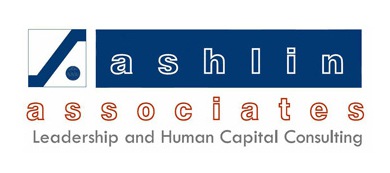One of the ongoing challenges of high-performance organizations and leaders is the challenge of employee accountability. While agreeing in principle that holding employees accountable for their behavior yields positive outcomes and builds morale, indeed, companies and individuals routinely fall short, usually in one of three ways.
Mistake #1: Not effectively addressing under-performance.
For some, addressing an employee’s underperformance appears to fly in the face of positive corporate culture. How can a leader in an organization seeking an enriched culture have that “difficult conversation”? How can a confrontive conversation lead to engaged and fulfilled employees? And let’s not forget that some leaders are by their nature conflict averse. Others confront missed deadlines and poor performance in such an indirect way that the message is lost. On those occasions, a leader may feel that he/ she had sent the message, when in fact the employee did not “get it.” In an effort to “soften the blow,” the boss may use language like, “Maybe I wasn’t clear… I know I should have talked with you earlier… I feel bad that we got backed up…” Such statements suggest that the leader — not the employee — is the accountable party. In an odd turn of events, the employee may even try to cheer the boss up… “It’s OK, we can fix it, you did your best…”
Mistake #2: Addressing the problem (and the person) aggressively.
Some leaders wield power in ways that are challenging, threatening, even abusive. Some are prone to confront underperformance with emotional, accusatory language. “You can’t think what you did (or failed to do) is OK… if you want to keep this job you will quit screwing up like this… you let me and the team down… what is wrong with you!?” It’s easy to see why a berated employee might not respond enthusiastically or positively under these circumstances. Individual and team productivity suffers.
Mistake #3: Vacillating between Mistake #1 and Mistake #2.
Often, leaders who doesn’t see positive results when applying Mistake #1 get fed up. They feel they have tried to “be nice,” they feel they have given underperformers ample latitude, and they feel that they have hinted and encouraged. However, (not shockingly at all) nothing has changed. Mistakes are still made, deadlines are still missed, and performance is still unsatisfactory. With nothing left in their arsenal, they let it all out, using Mistake #2 language “out of the blue.” It is hard to say whether Mistake #2 or Mistake #3 is worse. With Mistake #2, at least the boss is predictable, and the employee knows where he/she stands (albeit not in a “good” place). With Mistake #3, the boss compounds the problems of Mistakes #1 and #2, coming across as erratic, volatile, and unpredictable — hardly a situation in which employees will put forth their best efforts.
5 Actions of Positive Accountability
Accountability can and should be a positive experience! This book shows you how. 5 Actions of Positive Accountability will help transform you and your culture to set fair expectations, minimize unsatisfactory performance, and deal constructively with consequences.
Leading: The Way – Behaviors that Drive Success
Outlines the importance of responding to, changing, and improving your behavior to become the best leader you can be.
Find out more at:
www.ashlinassociates.com
www.ashlinassociates.com


